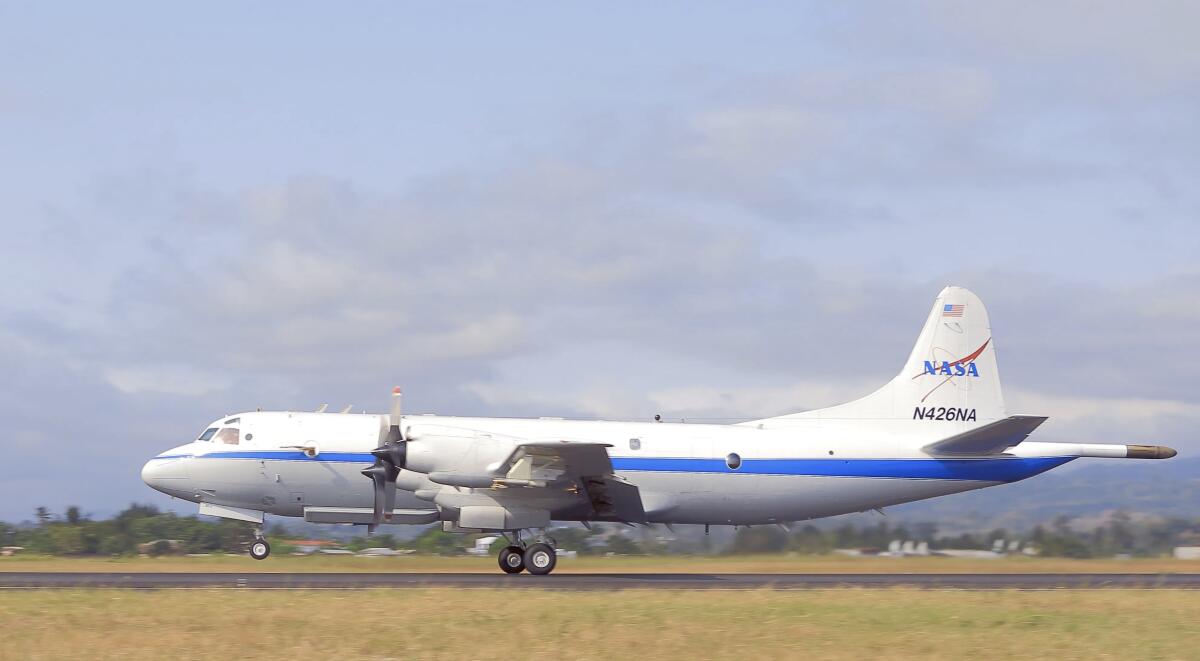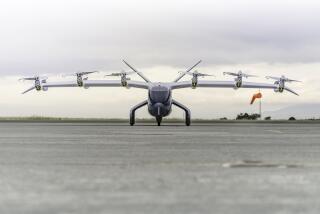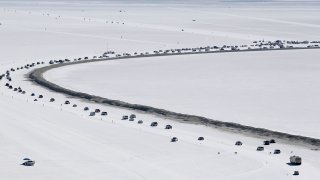Take a look at the sky! No, take a look. Are those aircraft meant to fly that low?
The planes you are seeing are doing research and analyzing atmospheric data, so don’t panic, NASA says. Beginning Sunday and continuing through Wednesday, the aircraft will fly over Southern California.
According to a news release from NASA, the low-altitude atmospheric flights would rise between 1,000 and 10,000 feet. In contrast, the majority of commercial flights have altitudes ranging from 31,000 to 42,000 feet.
The research will appear strange from the ground as the pilots circle over power stations, landfills, and cities in vertical spirals.
NASA said the plane will buzz over the Central Valley, Salton Sea, and Los Angeles Basin, but it did not elaborate on the flight path.
Two planes will be used in the flights, which are a part of NASA’s Student Airborne Research Program, or SARP.
While they will go across Southern California, the King Air B200 (N46L) and the P-3 Orion (N426NA) will not follow the same flight path. According to NASA, the P-3 is a modified four-engine turboprop aircraft utilized in a variety of research programs. It was created with endurance and range in mind.
California
From its launchpad at the California base, the SpaceX rocket took off at 8:36 p.m. and arrived in low Earth orbit almost eight minutes later.
The planes will assess land and water surfaces, sample air gases, and carry out a number of research. The data will be incorporated into the research projects that the students will submit at the conclusion of the course.
The program’s data is applicable to study on biology, soil science, oceanography, ecology, meteorology, and satellite calibration and validation. According to NASA, the P-3 can sustain a total of 40 hours of science flights on each U.S. coast with its science payload, and it is normally based out of Wallops Flight Facility in Virginia.
Although they won’t execute the identical operations, the King Air B200 will fly concurrently with the P-3.
During their eight-week program, NASA students will help collect data using scientific instruments on the plane, giving them practical experience, the agency said.
According to a statement from Brian Bernth, chief of flight operations at NASA Wallops, “our P-3 is being flown and performing maneuvers in some of [the] most complex and restricted airspace in the country, even though SARP is a learning experience for both the students and mentors alike.”
Additionally, the plane will buzz around runways to gather air samples along the ground and make what appear to be missed landings at other airports.
The plane buzzed over Glendale and other locations during earlier SARP operations over Southern California.










